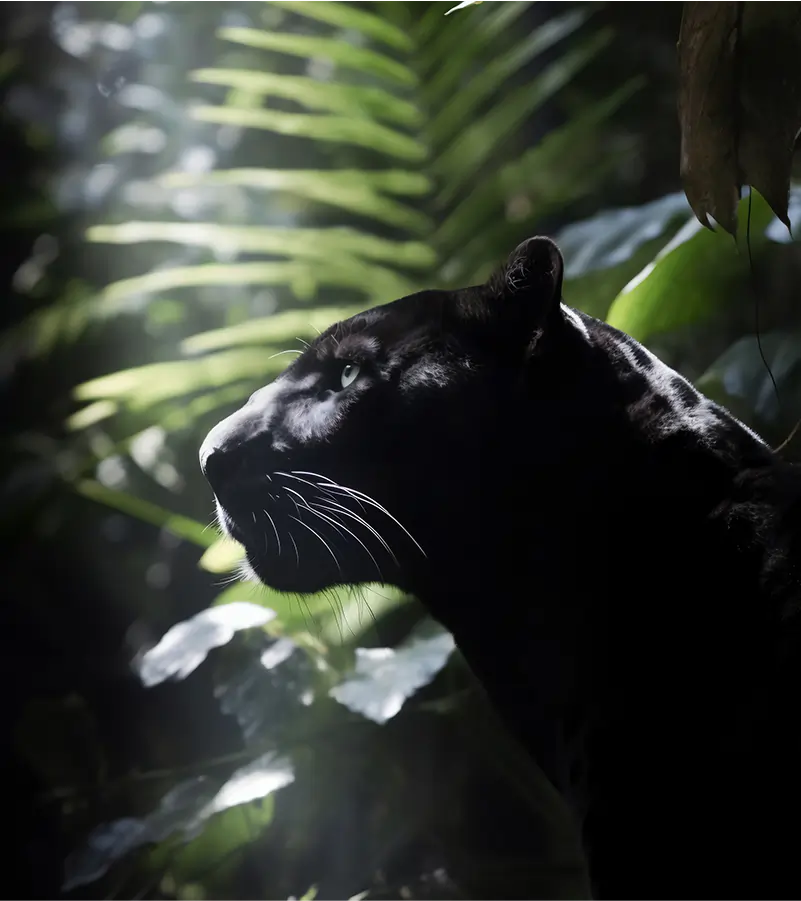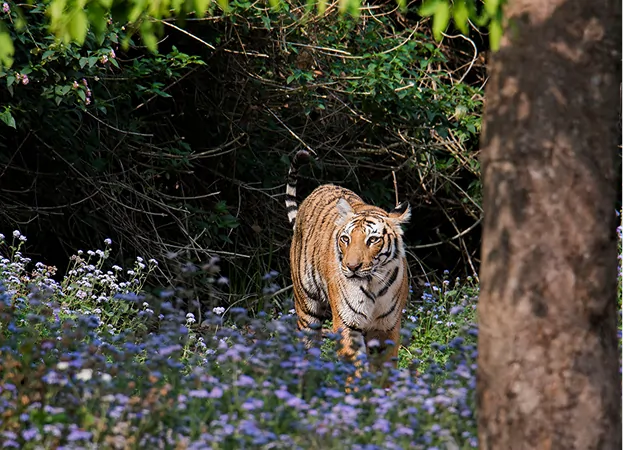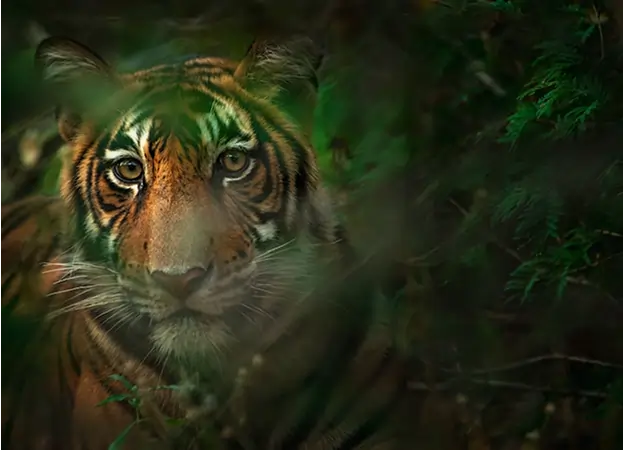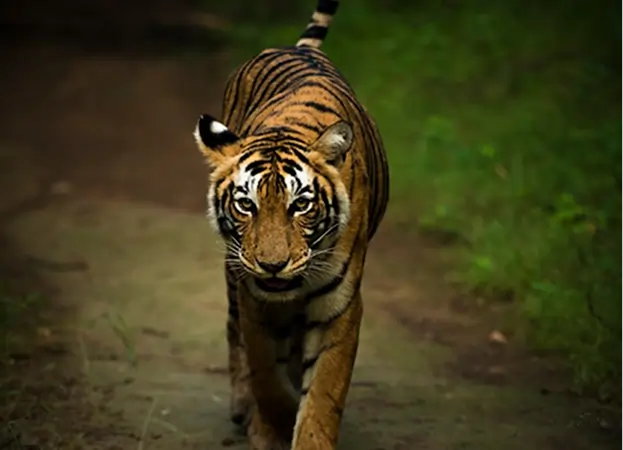Kanha National Park.
Once part of the Gondwana kingdom, this region has long been home to the Gond and Baiga tribal communities. These indigenous groups have lived in close connection with the forest for generations, embodying a lifestyle that respects and preserves the natural world. Their profound knowledge of the jungle’s ecology fosters a deep-rooted reverence for wildlife, enabling a remarkable model of peaceful human–wildlife coexistence. This harmonious relationship has significantly contributed to minimising conflicts between people and animals in the area.
Best Time to Go
October – May
Nearest Airport
Raipur (RPR)
Avg. Climate
27°C – 42°C
About Kanha National Park.
Spanning over 2,000 square kilometers of lush Sal forests in eastern Madhya Pradesh, Kanha National Park is one of India’s most iconic wildlife reserves. This breathtaking landscape famously inspired Nobel Laureate Rudyard Kipling’s timeless classic, The Jungle Book. A stronghold for tigers in Central India, Kanha is a key source population for surrounding reserves, playing a pivotal role in wildlife conservation and species recovery through connected forest corridors.
The park’s ecosystem is anchored by the Banjar and Halon river valleys, which nourish its diverse habitats. Moist deciduous Sal forests with thick undergrowth provide ideal conditions for tigers, offering them excellent cover for stalking prey. Vast rolling grasslands and tranquil streams support large herbivore populations, ensuring a stable food chain for apex predators. Recognised as one of the best-managed national parks in India, Kanha excels in both conservation and sustainable wildlife tourism.
One of Kanha’s most celebrated conservation success stories is the revival of the hard-ground Barasingha, fondly known as the “Jewel of Kanha.” Once reduced to just 66 individuals, this rare deer species has rebounded to a population of 600–700 through focused efforts like captive breeding and habitat restoration. This remarkable turnaround has earned Kanha accolades from the Government of India as a model for tourism-friendly and conservation-centric wildlife management.
Popular fauna at Kanha National Park.
Royal Bengal Tiger
Sambar Deer
chital
The Indian gazelle
Nilgai
Barking Deer
Sloth Bear
Leopard
Safaris at Kanha National Park.
Jeep Safari
Morning Safari: Kanha National Park offers an exhilarating morning safari that begins around 6:00 AM and lasts for 4.5 to 5 hours, depending on the sunrise. This is an excellent time to witness wildlife in their natural habitat. After the safari, guests return to their lodge or resort for a refreshing break and lunch.
Evening Safari: The evening safari commences in the afternoon, lasting for 3 to 3.5 hours and concluding near sunset. As the temperatures cool, animals become active, offering another opportunity to explore the park. Guests return to their accommodation afterward for dinner and relaxation.
Full-Day Safari: For a more immersive wildlife experience, a full-day safari offers extended exploration, entering 15-20 minutes before other vehicles and exiting 15 minutes after regular safari timings. Guests spend the entire day within the park, enjoying lunch amidst the forest. Full-day safaris are ideal during pleasant months like October-November or February-March and are favoured by professional photographers and wildlife enthusiasts tracking specific species.
Enquire today for your tiger safari in India!




